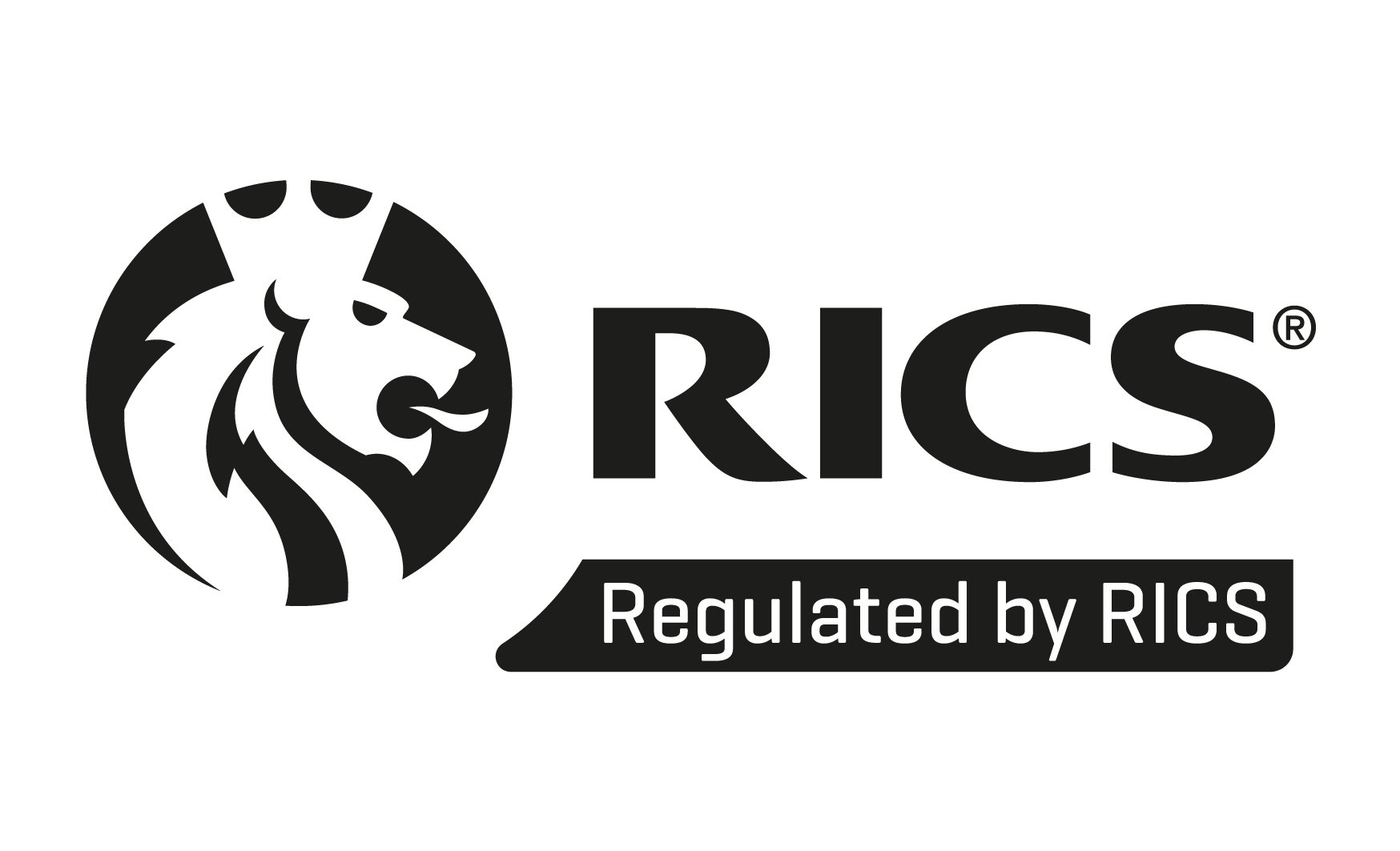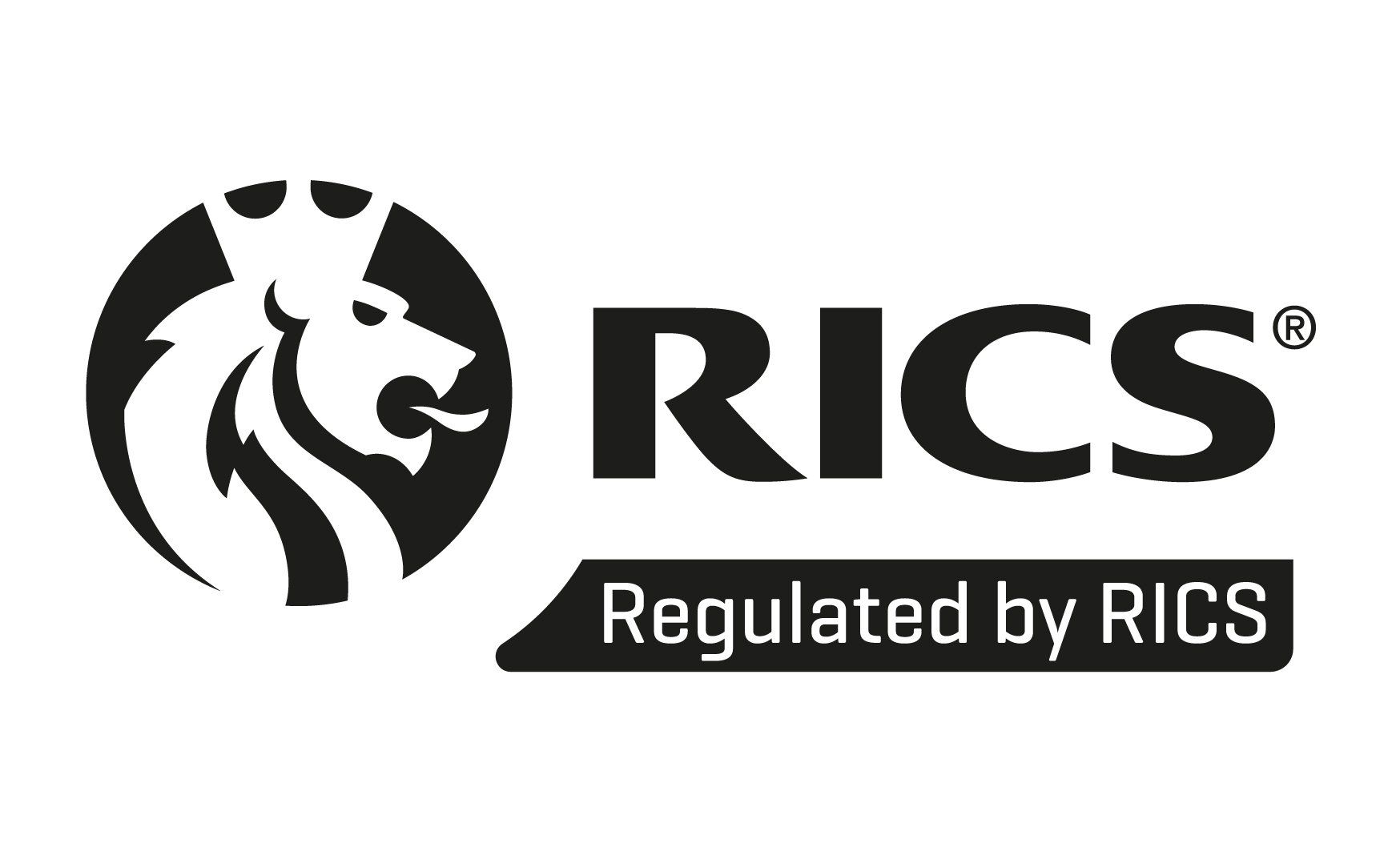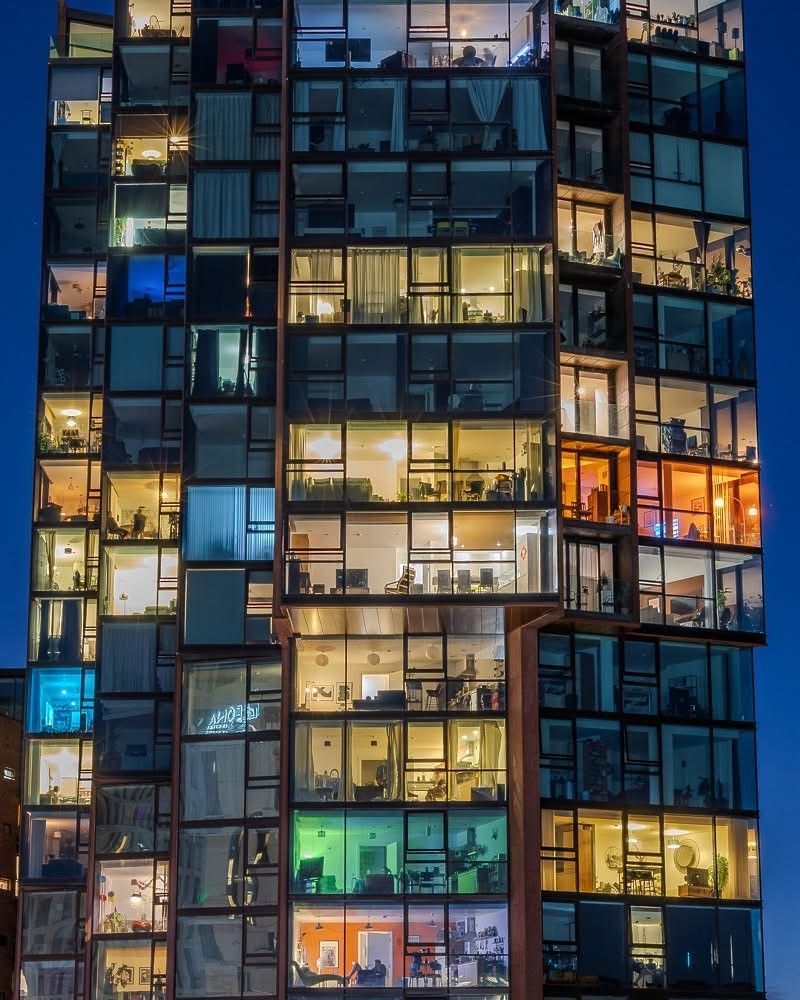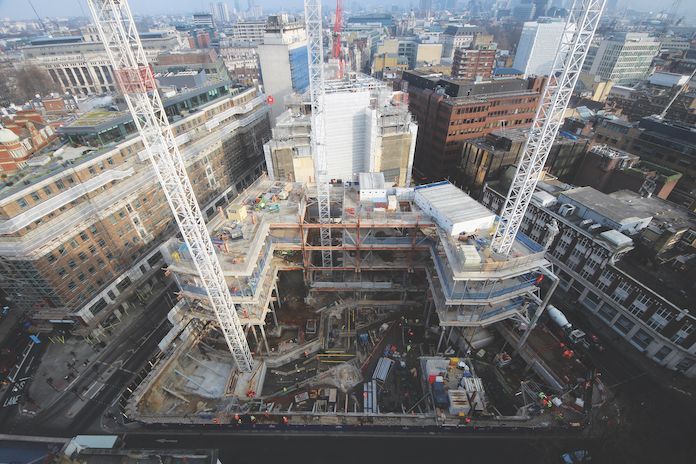Grenfell Tower: A Tragedy That Changed the UK Forever
Parliament recently agreed to demolish the Grenfell Tower

On June 14, 2017, a fire broke out in the 24-storey residential tower in North Kensington, West London. It quickly spread, engulfing the building and leading to the deaths of 72 people. The tragedy exposed deep flaws in fire safety regulations, housing inequality, and government accountability issues that continue to resonate today.
What Happened?
The fire started in a fourth-floor flat, reportedly due to a faulty fridge-freezer. However, what should have been a small, contained fire rapidly turned into an uncontrollable blaze. The flames spread via the building’s aluminium composite cladding, which had been added during a refurbishment in 2016. This cladding, meant to improve insulation and aesthetics, turned out to be highly flammable, allowing the fire to race up the tower.
Why Did It Spread So Fast?
1. Flammable Cladding: The exterior panels contained polyethylene, a plastic that burns easily.
2. No Sprinklers: Grenfell Tower lacked a sprinkler system, which could have slowed the fire.
3. Stay-Put Policy: Residents were told to stay in their flats because the building was supposed to contain fires in individual units. This strategy failed disastrously.
4. Single Staircase: The only escape route was a single, narrow staircase, which became smoke-filled and impassable for many.
The Aftermath
The fire shocked the nation and sparked outrage. Survivors and victims’ families demanded justice, accountability, and change.
Key developments included:
Public Inquiry: The Grenfell Tower Inquiry, launched in 2017, revealed a series of safety failings and neglect by local authorities.
Unsafe Cladding Across the UK: Investigations found that hundreds of buildings had similar dangerous materials. The government promised to remove them, but progress has been slow.
Housing Inequality Spotlight: Grenfell highlighted the neglect of social housing tenants. Many had raised safety concerns years before the fire, but their warnings were ignored.
Criminal Investigations: Police have been investigating potential corporate manslaughter charges, but as of 2024, no one has been prosecuted.
The History of Grenfell Tower
Origins and Construction (1967 to 1974)
Grenfell Tower was a 24-storey residential building in North Kensington, West London. Originally built in the 1970s, it housed hundreds of residents, many from working-class and immigrant communities. For decades, it stood as a symbol of London's social housing policies, but its tragic fate in 2017 turned it into a lasting emblem of neglect and inequality.
Grenfell Tower was planned as part of the Lancaster West Estate, a post-war social housing project designed to address London’s acute housing shortages.
Designed in 1967 by Clifford Wearden & Associates, it followed the Brutalist architectural style, common in the era
Completed in 1974, the tower originally contained 120 flats, intended for low-income families.
The structure was made of reinforced concrete, with fire safety in mind and the design aimed to contain any fire within individual flats.
At the time, Grenfell was seen as a modern solution to London’s housing crisis, but over the decades, neglect and poor maintenance took their toll.
Decline and Neglect (1980s to 2000s)
By the 1980s, the image of council housing in the UK had changed. Many social housing estates, including Grenfell Tower, suffered from:
Underfunding: Cuts to local authority budgets meant less investment in maintenance.
Deteriorating Conditions: Issues like damp, faulty heating, and poor security were common.
Privatisation of Housing: The Right to Buy scheme (1980s) led to a shift away from public investment in council housing.
Lessons and Legacy
Grenfell became a symbol of systemic failure in fire safety and housing policy. The tragedy forced discussions on building regulations, corporate responsibility, and the treatment of low-income communities. However, many survivors and campaigners feel justice has not yet been served.
The phrase “Never Again” became a rallying cry but whether the UK has truly learned from Grenfell remains an open question.
Final Thoughts
Grenfell Tower was more than just a fire, it was a preventable disaster that exposed deep societal failures. Seven years later, the fight for justice continues. As we remember the 72 lives lost, we must keep pushing for real change to ensure such a tragedy never happens again.
In Manchester, and other towns and cities, tower blocks are often undergoing remedial work to replace unsafe cladding and improve fire safety. It’s a tragedy that it took 72 lost lives to address issues that have been flagged for decades.




